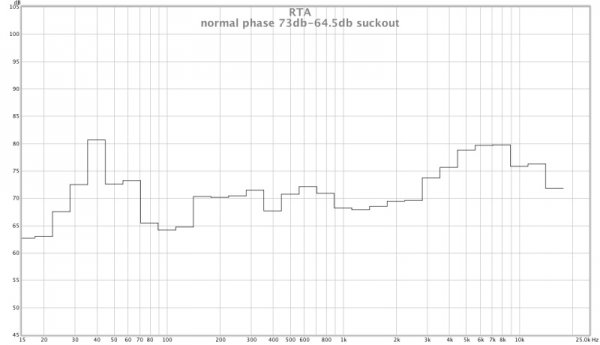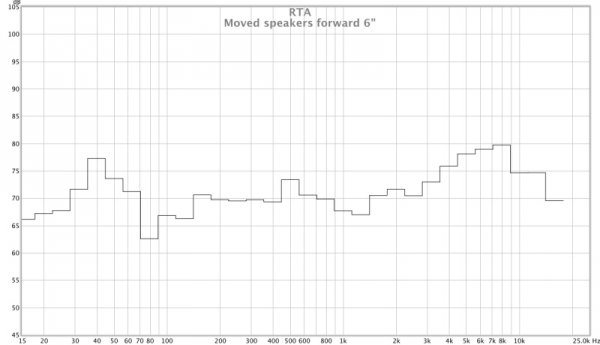Has anyone else done consistency tests like this to verify how well these things are calibrated?
This is the closest I've done:
Comparison of Ten Measuring Microphones
Note that the Nady and Behringer looked exactly the same, but had different output levels. They did track very closely to each other's response though, within about 1 dB.
--Ethan



